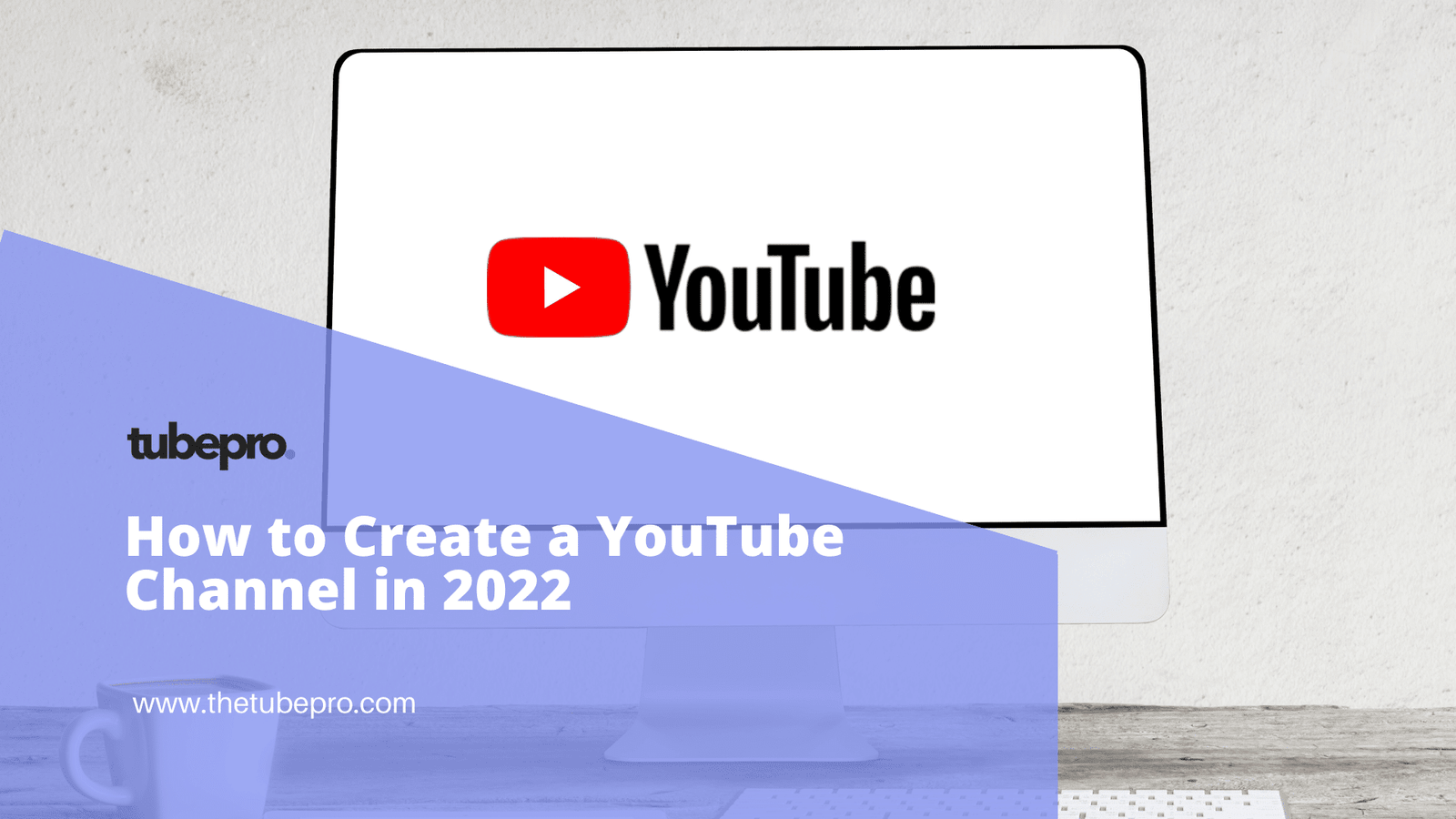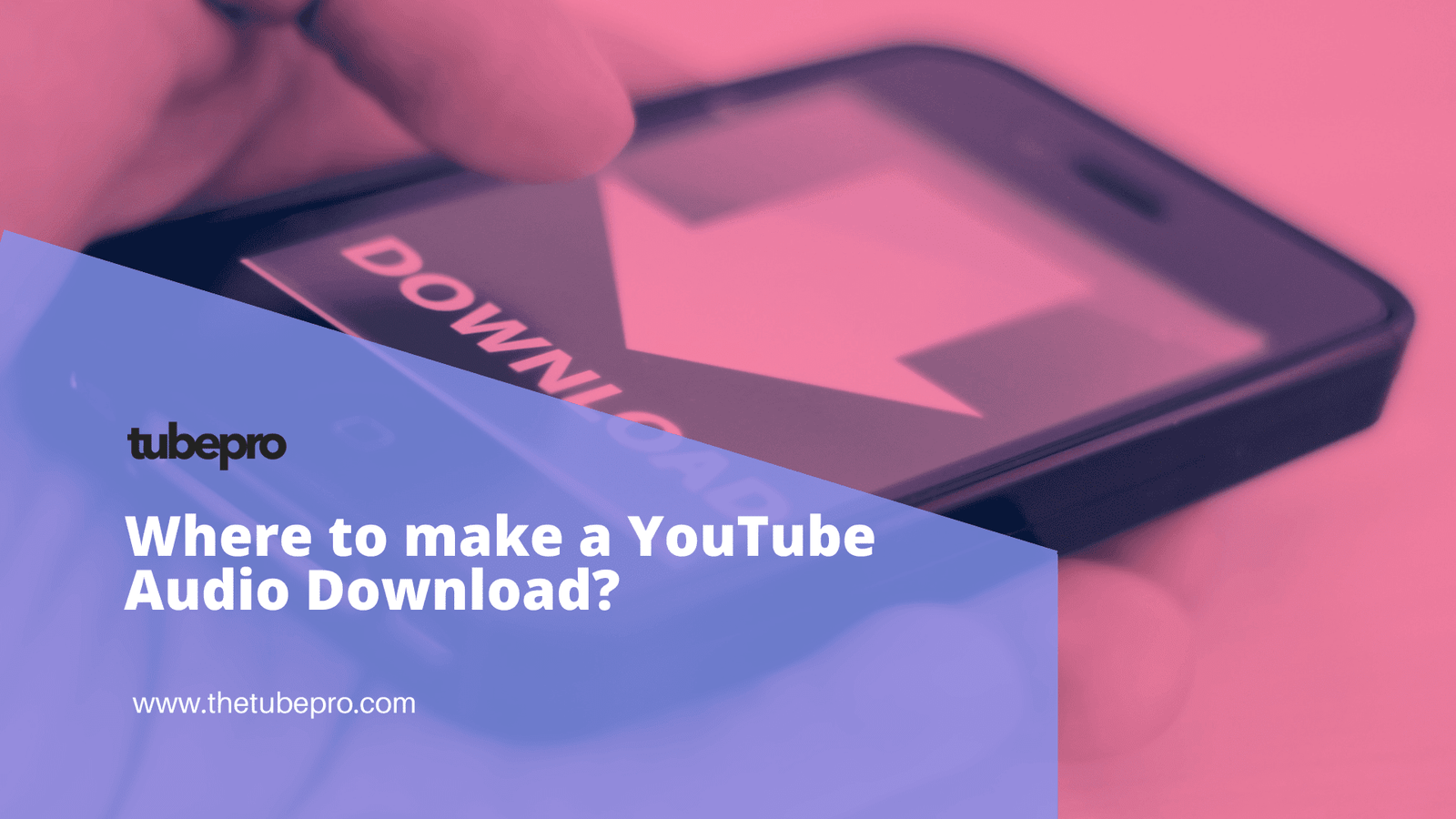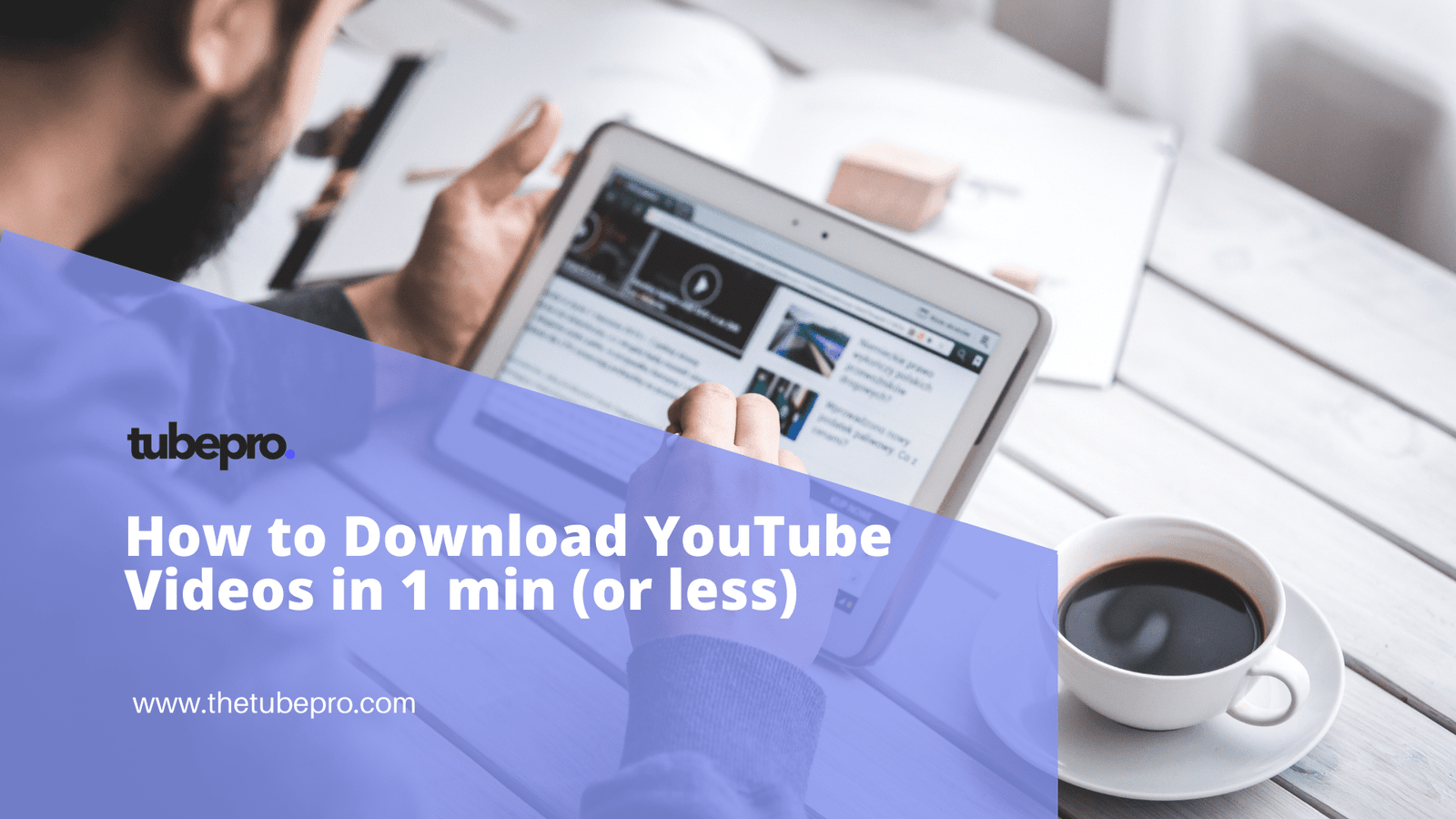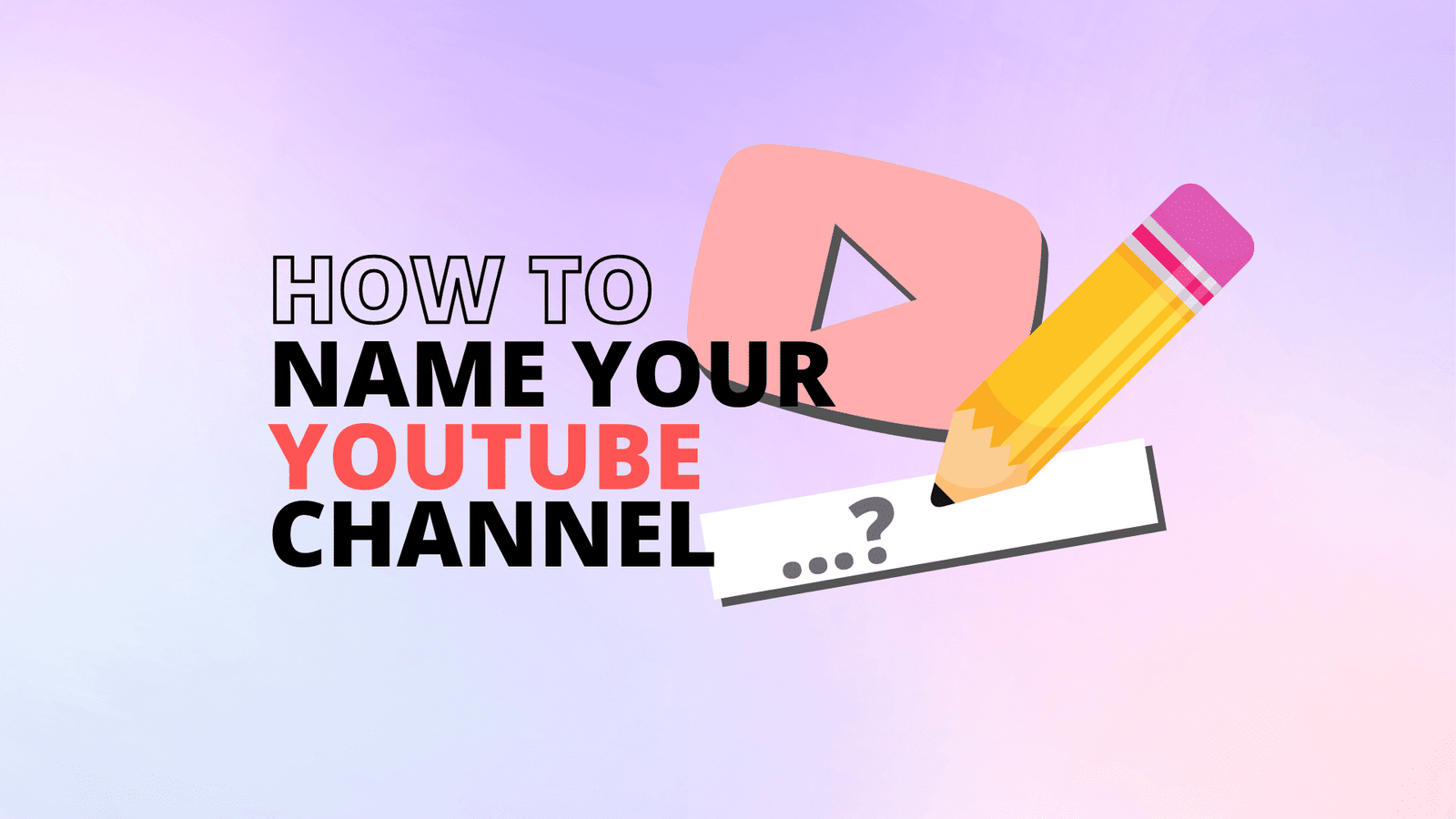In the realm of creative expression, artificial intelligence has emerged as a powerful tool, offering countless possibilities for artists, designers, and enthusiasts.
One fascinating application of AI is in the field of AI art, where AI algorithms can generate stunning visuals based on text prompts.
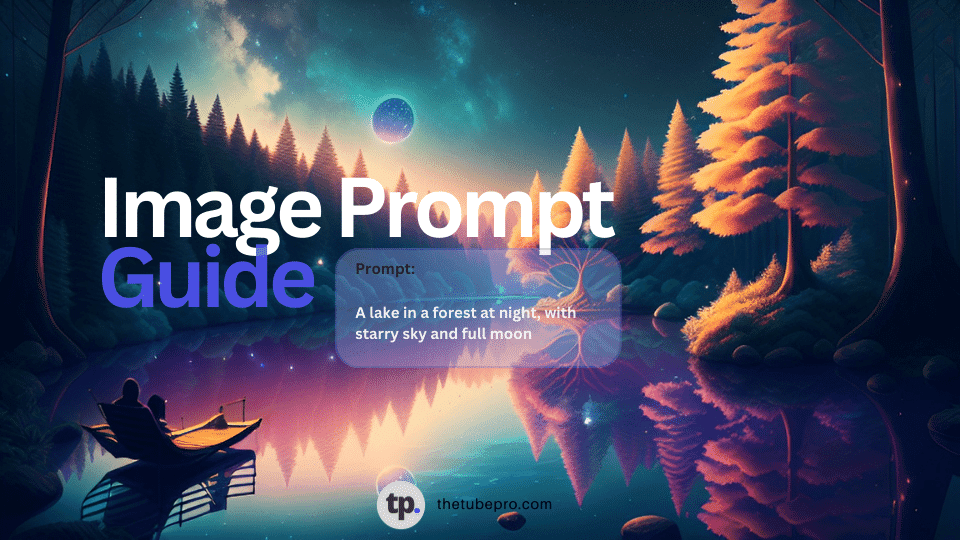
In this comprehensive guide, we will delve into the world of AI art prompts, exploring what they are, how to write them effectively, and how they can unleash your creativity with AI image generation.
Best Prompts for Image Generation
Let’s explore the 30 best prompts for text-to-image AI generators that will ignite your imagination and help you create stunning AI art.
1. “A lonely astronaut floating in a vast ocean of stars, reaching out to touch a distant nebula.”
2. “A cityscape made entirely of books, with towering skyscrapers formed by stacked volumes and winding streets paved with open pages.”
3. “A mythical creature emerging from the depths of a crystal-clear lake, its iridescent scales glimmering in the sunlight.”
4. “A whimsical tea party in the middle of a dense forest, with woodland creatures and talking trees as guests.”
5. “A futuristic metropolis where gravity is inverted, with buildings hanging from the sky and people walking upside down.”
6. “A surreal garden where flowers bloom in vibrant colors, each petal transforming into a different musical instrument when touched.”
7. “A mysterious door hidden within a massive tree trunk, leading to an enchanted realm filled with magical creatures.”
8. “A group of children flying on the backs of giant birds, soaring through the clouds and exploring floating islands.”
9. “A steampunk-inspired train racing across a bridge made of gears and cogs, spanning a bottomless chasm.”
10. “A mesmerizing underwater world with bioluminescent sea creatures illuminating the depths.”
11. “A secret library hidden in an ancient cave, filled with books that come to life and tell their own stories.”
12. “A time-traveling adventurer riding a mechanical dragon through different eras, leaving trails of sparks in their wake.”
13. “A fantastical circus with acrobats swinging from rainbow-colored trapezes and fire-breathing jugglers.”
14. “A field of giant, luminous mushrooms that emit a soft glow, creating an otherworldly atmosphere.”
15. “A futuristic cityscape where buildings are covered with intricate, living vines that change color with the seasons.”
16. “A mythical creature made of pure energy, soaring through the night sky and leaving trails of stardust behind.”
17. “A group of fairies weaving intricate patterns in the air with their glowing wings, creating a mesmerizing display of light.”
18. “A majestic tree with branches that stretch into the sky, each branch holding a different world within its leaves.”
19. “A floating island suspended by giant balloons, with a cascading waterfall pouring into the void below.”
20. “An ancient castle perched on a mountaintop, surrounded by swirling clouds and lightning storms.”
21. “A deep-sea explorer encountering a massive, undiscovered underwater creature with bioluminescent patterns.”
22. “A child’s bedroom where toys come alive at night, engaging in their own adventures and mischief.”
23. “A mystical forest with trees that have glowing, pulsating hearts at their core, radiating a soft, warm light.”
24. “A celestial carousel in the night sky, with constellations as the horses and shooting stars as the music.”
25. “A fantastical market filled with floating stalls, selling peculiar and magical artifacts from different realms.”
26. “A hidden cave filled with glowing crystals of various sizes and colors, creating a breathtaking display of light and color.”
27. “A group of animals wearing elegant, Victorian-era clothing, participating in a grand masquerade ball.”
28. “A futuristic garden where plants grow in geometric patterns, with flowers shaped like intricate fractals.”
29. “A mystical doorway in the middle of a forest, leading to a parallel universe filled with mythical creatures and wonders.”
30. “A field of giant, floating bubbles that contain miniature worlds, each with its own unique landscape and inhabitants.”
Understanding AI Image Generation
What is AI Image Generation?
AI image generation refers to the process of using AI algorithms to create visual content based on given prompts.
These prompts can be in the form of text or images, providing instructions for the AI system to generate unique visuals.
AI image generation relies on deep learning models, such as generative adversarial networks (GANs) and transformer-based models, to understand and interpret the prompts, and then produce visually appealing and contextually relevant images.
The Power of AI Art
AI art has gained significant attention in recent years due to its ability to push the boundaries of creativity and produce visually stunning artwork.
With AI art prompts, artists and enthusiasts can explore new realms of imagination, combining their own creative vision with the computational power of AI algorithms.
AI art offers a unique way to generate novel and inspiring visuals, opening up new avenues for artistic expression and experimentation.
Benefits of Using AI Art Generators
Using AI art generators can have several advantages for artists and designers:
- Unleash Creativity: AI art prompts can spark new ideas and help artists overcome creative blocks, inspiring them to explore uncharted territories.
- Efficiency: AI art generators can quickly produce a wide range of visuals, saving artists valuable time and effort.
- Exploration of Styles: AI algorithms can mimic the styles of renowned artists, allowing artists to experiment with different artistic styles and techniques.
- Collaboration: AI art generators can facilitate collaboration between AI algorithms and human artists, resulting in unique and captivating artworks.
- Accessibility: AI art tools are becoming increasingly accessible, enabling artists of all skill levels to experiment with AI-generated visuals.
Writing Effective AI Art Prompts
The Basics of AI Art Prompts
To create compelling AI art prompts, it is essential to understand the fundamental components of a prompt. A well-crafted prompt should include:
- Subject: Clearly define the main focus of the visual, such as a person, object, or location.
- Descriptors: Use adjectives and adverbs to provide additional details about the subject, describing its appearance, actions, or surroundings.
- Aesthetic and Style Keywords: Include keywords or phrases that specify the desired visual style, such as “impressionist painting” or “vintage black and white photograph.”
Length and Complexity of Prompts
The length and complexity of AI art prompts can vary depending on the desired level of detail and specificity.
While there are no strict rules, prompts that contain 3-7 words tend to yield more detailed and less abstract renderings.
However, if you are looking for a more simplistic rendering, a single-word prompt may be sufficient.
Experiment with different prompt lengths to achieve the desired level of complexity in your AI-generated images.
Choosing Descriptive Words
When selecting descriptors for your AI art prompts, choose words that vividly describe the subject and its attributes.
Use a combination of adjectives and adverbs to enhance the visual interpretation. For example, instead of simply stating “cat,” you could use descriptors like “playful tabby cat” or “majestic black cat under moonlight.”
Be creative and deliberate in your choice of words to guide the AI algorithm in generating the desired visual representation.
Avoiding Abstract Concepts
While AI algorithms have advanced significantly, they still struggle to interpret abstract concepts effectively.
To ensure more consistent and accurate results, it is advisable to avoid using abstract concepts as subjects in your prompts. Instead, focus on concrete nouns that can be easily visualized by the AI algorithm.
For example, instead of using “love” as a subject, consider using “couple holding hands” or “heart-shaped bouquet.”
Incorporating Artistic References
To add a unique touch to your AI art prompts, consider incorporating artistic references. Mentioning the style or techniques of renowned artists can guide the AI algorithm in emulating their artistic vision.
For example, you can specify “impressionist style in the vein of Monet” or “surreal composition inspired by Salvador Dalí.”
By referencing established artists, you can infuse your AI-generated images with their distinctive artistic flair.
How to Write AI Art Prompts
Step 1: Define the Subject
Begin your AI art prompt by clearly defining the subject of the visual. Choose a specific object, person, or location that will serve as the main focus of your image.
For example, you could use “sunflower field at sunset,” “old Victorian house,” or “retro bicycle by the beach.”
The subject sets the foundation for visual interpretation by the AI algorithm.
Step 2: Add Descriptors
Once you have defined the subject, enhance your AI art prompt by adding descriptive words that provide more context and detail.
Use adjectives and adverbs to vividly describe the subject and its attributes.
For instance, you could include descriptors like “vibrant,” “serene,” “whimsical,” “mysterious,” or “nostalgic.”
Experiment with different combinations of descriptors to refine the visual representation.
Step 3: Specify the Aesthetic and Style
To guide the AI algorithm in generating the desired visual style, include keywords or phrases that indicate the aesthetic or style you envision.
This could include references to specific art movements, such as “cubist composition” or “pop art colors.” Additionally, you can mention the desired medium, such as “watercolor painting” or “digital illustration.”
These aesthetic and style keywords provide the AI algorithm with valuable guidance in rendering the image.
Step 4: Refine and Experiment
Crafting AI art prompts requires a degree of experimentation and refinement. Don’t be afraid to revise and iterate on your prompts to achieve the desired results.
Experiment with different combinations of subjects, descriptors, and aesthetic keywords to explore new creative possibilities.
By refining and experimenting with your prompts, you can unlock the full potential of AI image generation.
Conclusion
AI art prompts offer an exciting avenue for unleashing your creativity and exploring new artistic possibilities.
By understanding the fundamentals of AI art prompts and following effective writing techniques, you can harness the power of AI image generation to create stunning and unique visuals.
Experiment with different prompts, refine your ideas and let your imagination soar as you embark on a journey of artistic exploration with AI art generators.
Remember, AI art prompts are a tool to inspire and guide the AI algorithm, but they should never replace your own artistic vision and intuition.
Embrace the fusion of human creativity and computational power, and let AI art generation become a valuable addition to your artistic toolkit.

